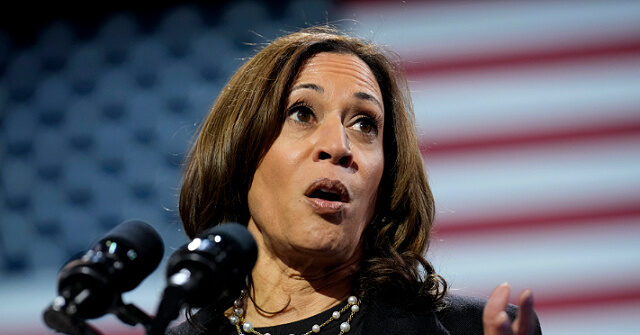NBC News poll analyst Steve Kornacki recently discussed the significant shift in the electoral landscape between Vice President Kamala Harris and former President Donald Trump, highlighting a transition from a five-point lead for Harris over Trump to a near tie in the latest poll results. During an appearance on NBC’s Today show with host Savannah Guthrie, Kornacki laid out the data that indicates a tightening race, with the current polls reflecting that Harris and Trump are virtually neck-and-neck. Only a month prior, Harris enjoyed a more favorable standing, not just in terms of poll numbers but also regarding her overall favorability ratings among voters.
Kornacki provided specific poll figures, revealing that a prior poll had Harris leading Trump 48% to 44%. In contrast, the most recent findings show Harris still marginally ahead with 49% compared to Trump’s 48%. This narrow lead signals a dramatic change in momentum, and the shift in public perception of Harris is particularly notable. Kornacki emphasized that Harris’s favorability ratings have declined sharply, indicating a dip in public sentiment towards her. From a positive rating of 48%, she now finds herself with a 43% positive rating and a concerning rise in her negative rating, which stands at 49%. This shift is significant as it brings her standing in line with that of Trump, who has historically maintained a mixed perception among voters.
The analyst further analyzed the public’s perception of the candidates by considering a basic image polling question regarding how voters view the two figures. Kornacki pointed out that Trump had consistently occupied a tough spot among voters, but Harris’s recent ratings are troubling, especially since they show a dramatic fall from what was considered a more favorable position just weeks earlier. The reversal in favorability ratings from being above water to now closely resembling Trump’s ratings indicates a critical vulnerability for Harris as the electoral landscape continues to evolve.
An interesting facet of the polls that Kornacki underscored relates to public opinion about Trump’s presidency. A retrospective question asked participants whether they felt Trump’s policies had helped or hurt their families, and the responses revealed a surprisingly positive view of his tenure. The data showed that 44% of respondents felt that Trump’s policies had benefited their families, while only 31% believed they had been detrimental. This reversal in historical perception – where voters now reflect more favorably on the impact of the Trump administration than during his presidency – points to a potential relaunch of Trump’s political viability as the election approaches.
Overall, Kornacki’s analysis sheds light on the dynamic nature of the electoral race currently taking shape between Harris and Trump. The shifts in favorability and public perception could serve as critical determinants influencing voter behavior as the election nears. By revealing how Harris’s earlier leads have diminished, Kornacki underscores the volatility of political landscapes, where public sentiment can pivot significantly within mere weeks or months, altering the course of political campaigns.
In conclusion, the latest polling trends present challenges for Harris as she navigates a complex electoral environment with Trump, who appears to be gaining ground despite a controversial presidency. The convergence of their ratings not only complicates Harris’s campaign strategy but also signals to Democratic supporters that stronger efforts may be necessary to consolidate public support as the race heats up. With voter sentiment in a state of flux, both candidates are positioned to leverage their strengths in an attempt to sway undecided voters and solidify their bases leading into the upcoming election.

